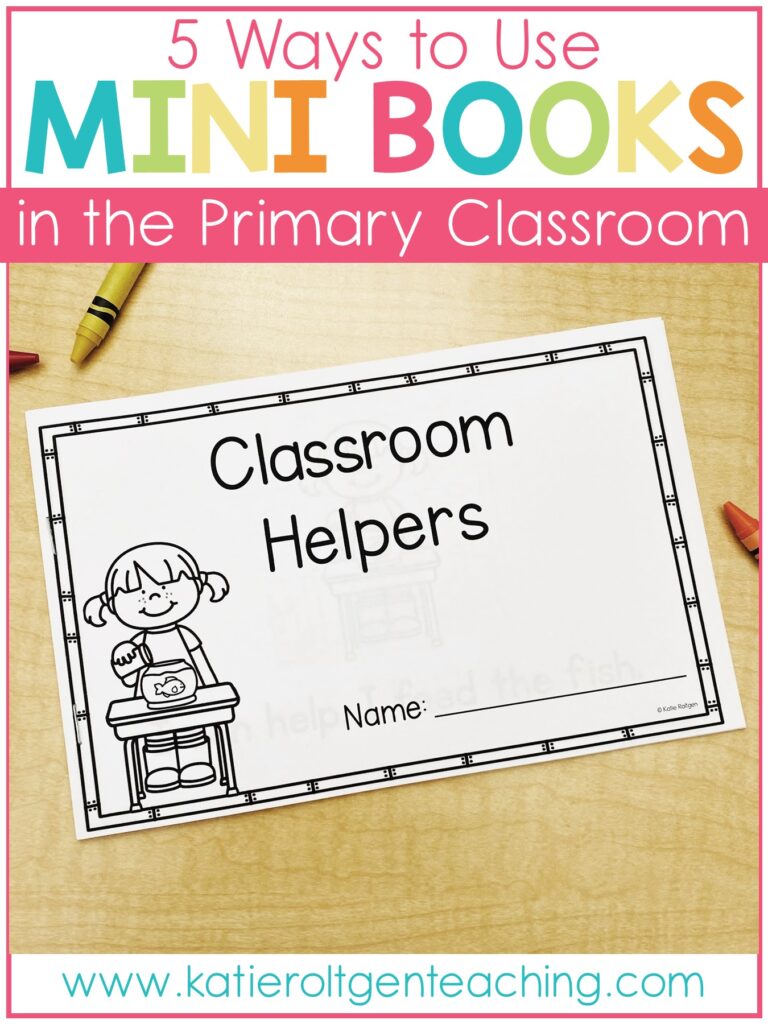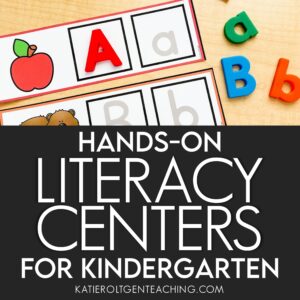
Menu
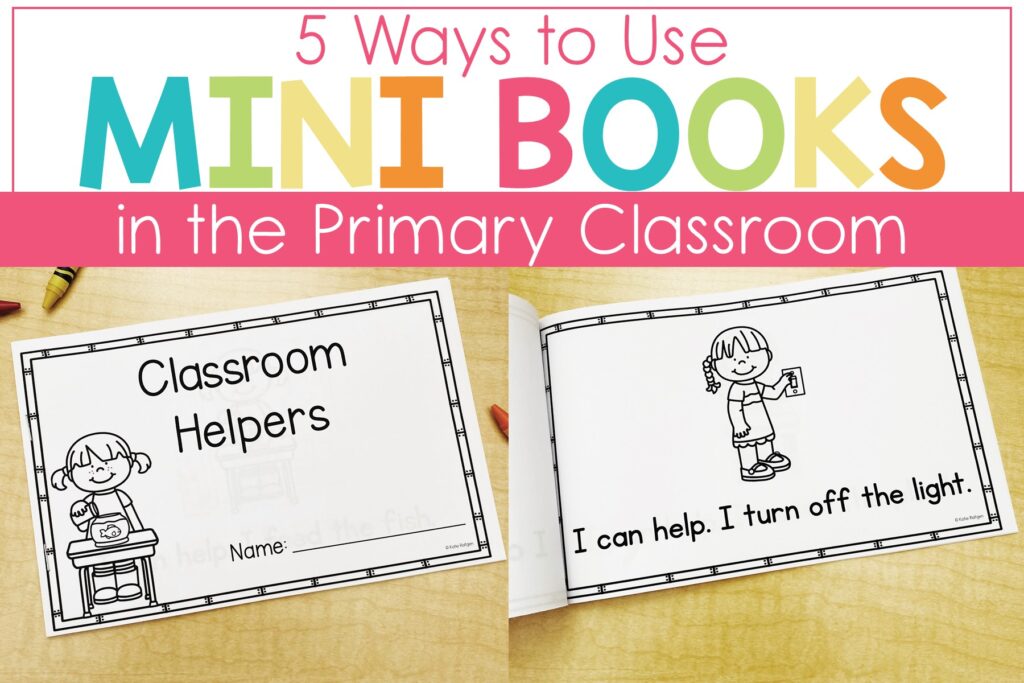
Mini-books in the primary classroom are by far one of my most favorite activities! The students have so much interest in reading each page by themselves, being the illustrator of all the pictures, and have an appreciation of it just simply being theirs.
I remember when I was a brand new teacher and used mini books for the first time in my classroom. We had just finished up everything I wanted to accomplish with the books for that week when one of my students looked at me and said, “Mrs. Roltgen, can I take mine home? I want to read it to my mom.” My teacher heart exploded!
Over my years in the classroom, I used many different types of mini books for all sorts of reasons. I even used them during the first week of school! Mini books can reinforce a skill or concept, such as alphabet mini books or number mini books. Sometimes, you just want a fun mini book to use when celebrating a season or holiday, like St. Patrick’s Day! Getting a book in a child’s hands is always a good feeling, and I’ve come to find that most kids have a love for books that they can make their own.
Aside from using mini books to pique students’ interest in reading, there are so many different ways to utilize them as teachers and practice numerous skills with just one book!
Depending on your teaching setup during this pandemic, you may find it’s tricky to find activities for your students that are suitable for both the classroom and at home. If your students’ families don’t have printer access at home, they can easily create a similar mini book with their own crayons and paper. Low-supplies activities are a win-win for both teachers and parents!
Here is a Thanksgiving bundle of writing activities that includes a couple of different book options and crafts that can be completed leading up to Thanksgiving, and even at home for kids to practice their skills over the break. I would totally recommend completing the class book in the classroom and sending home a pre-made turkey flipbook for some extra practice over the holiday. 🙂
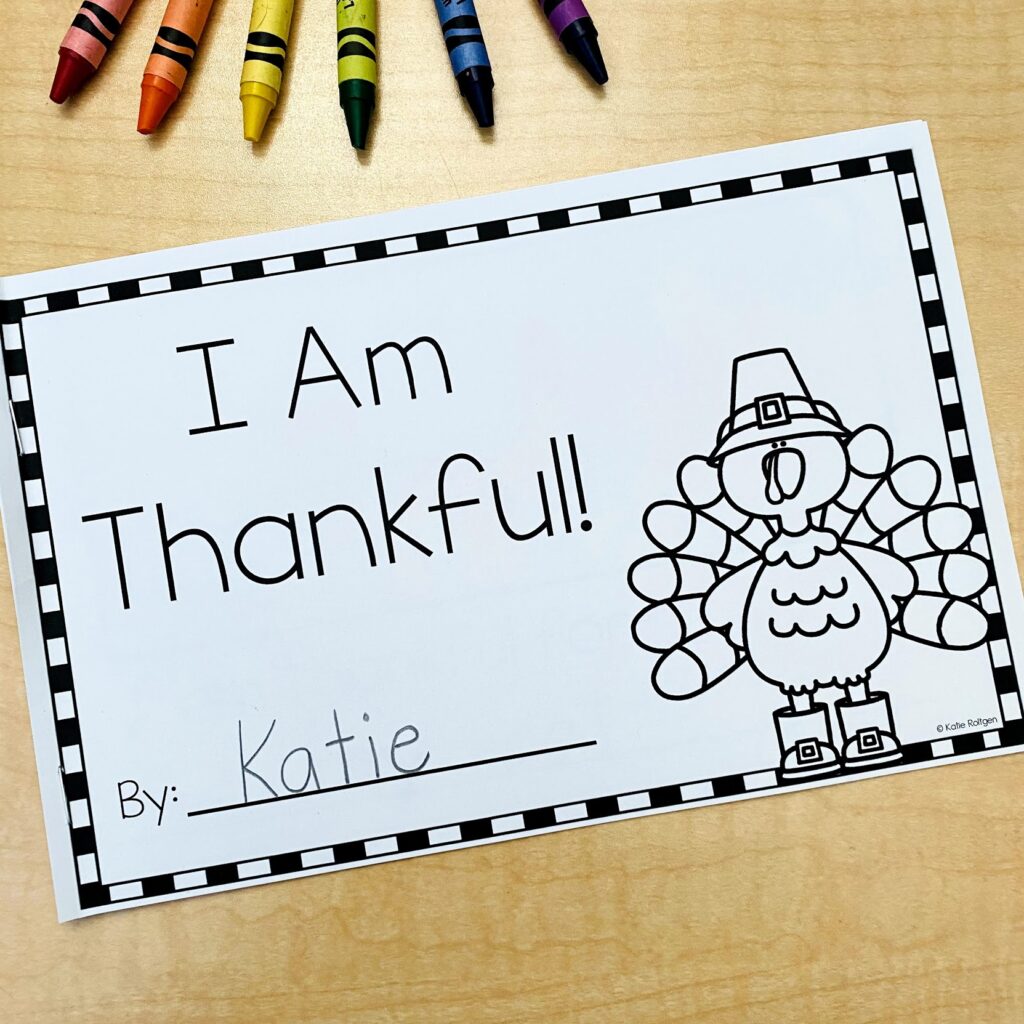
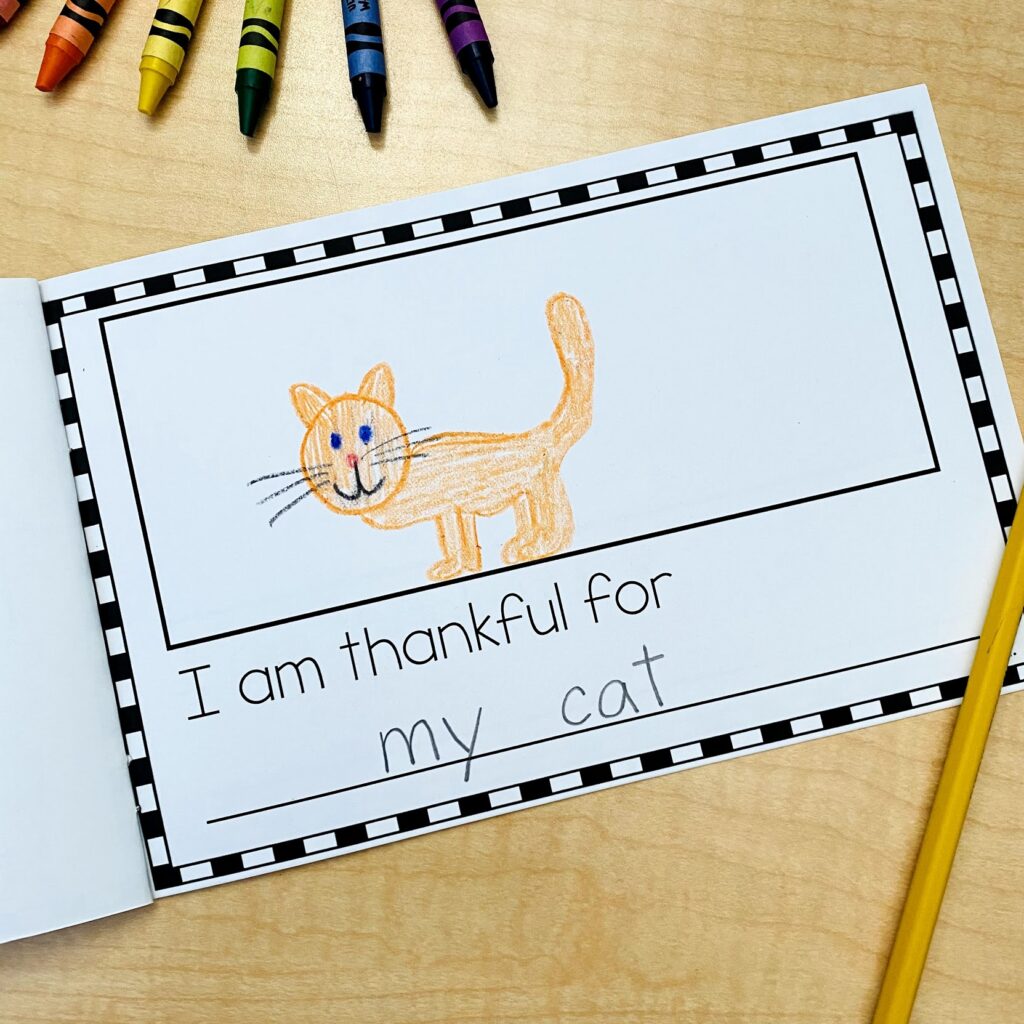
I’ll go ahead and take a wild guess and say the prime story-telling age is anywhere from 4-7 years old. 🙂 Kids LOVE to make up stories! They love the feeling that people are listening to them and what they have to say is important. One of my favorite ways to practice speaking and listening skills is to give students extra pages at the end of our mini book (you could add actual blank pieces of paper or just pretend for this) and let them create a sentence and illustration that they feel adds to the story.
Following this, anyone can share aloud with the class what they wrote, or present the picture that they drew and why they drew it. You can even add requirements such as making sure they’re including the sight word “am,” or any specific skill you want to focus on for the activity. This is a quick and easy way to get students more comfortable with speaking in front of and listening to their peers. It really helps that they are talking about something they solely created and can teach you more about what they are passionate about.
We often use mini books to practice a targeting skill or a specific sight word. However, I actually love using mini books as a formative assessment as well. I have found that students are pretty relaxed when they are working with their own book, and it’s the perfect opportunity to check their understanding without them even realizing it. Sitting side-by-side and giving directions such as, “Put a circle around the word he,” or “What word on this page makes the short a sound?” Quick, simple, and the student won’t feel the pressure of taking a test.
If you’re looking for a new way to assess sight words, need an extra intervention for your struggling readers, or love incorporating a mini book each week, here is a link to my Sight Words Mini Book Bundle that includes over 50 sight word books!
Sign up below to download a free sight word mini book!
Social/emotional learning is so important and it should be incorporated in every classroom across the country. Books are always a wonderful way for students to build connections, engage their thinking with prior experience, and sometimes even encourage empathy.
For example, one of my November mini books is weather-related. This would be a great conversation piece for students to talk about how the weather can affect how we feel. How do rainy days make you feel? What is your favorite activity to do in snowy weather? Why do you think stormy weather makes us feel afraid sometimes?
Feel free to check out my monthly mini books for August-May, and preview each month’s theme to see how you could incorporate them into your social/emotional teaching!
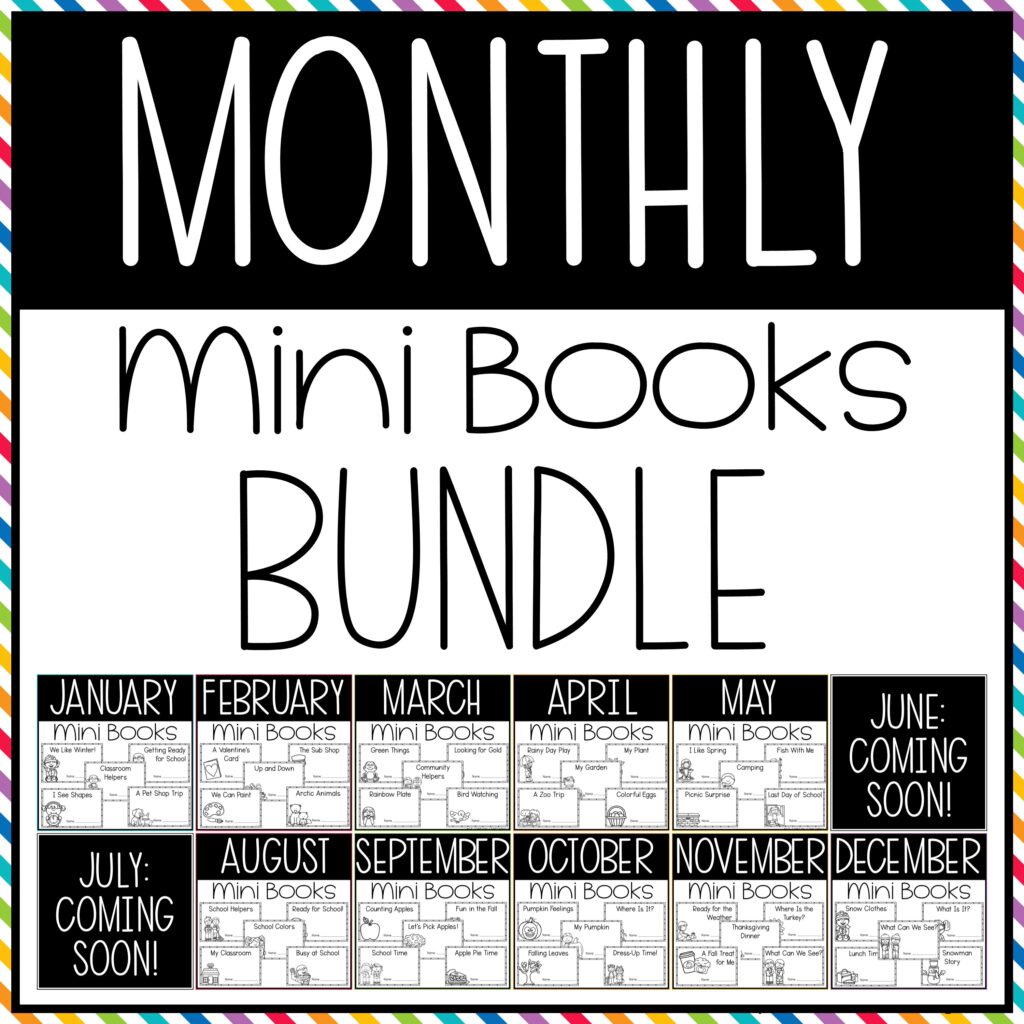
Lastly, rainbow writing! I have seen different variations of rainbow writing, but my personal favorite is to have each student trace the words on each page with one color first, then after completing all the words, do the same thing again with a different color. I prefer this method because I feel like it allows teachers to get a better look at writing posture and grip.
What other ways are you incorporating mini books into your classroom this month? Share in the comments below!
